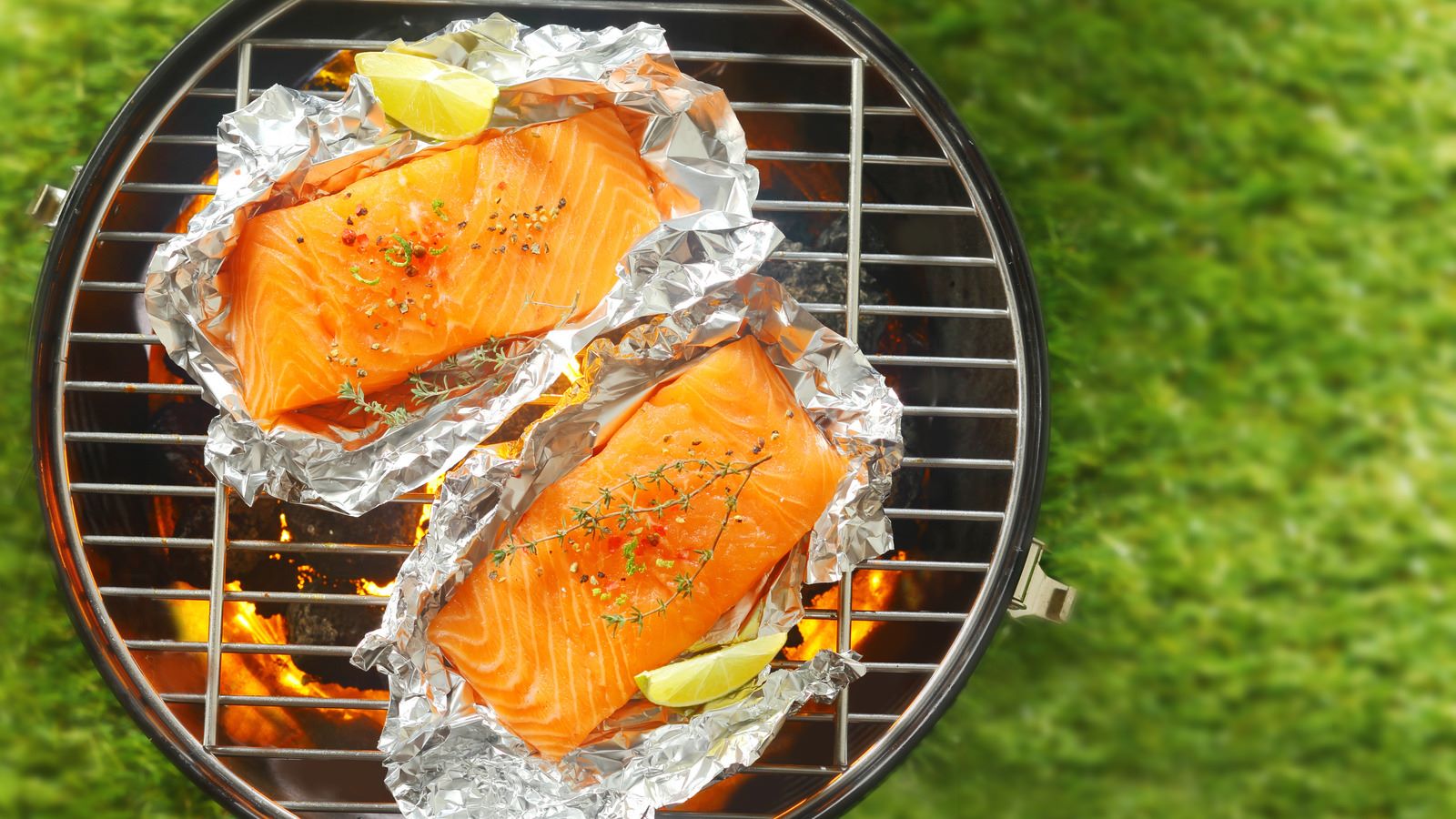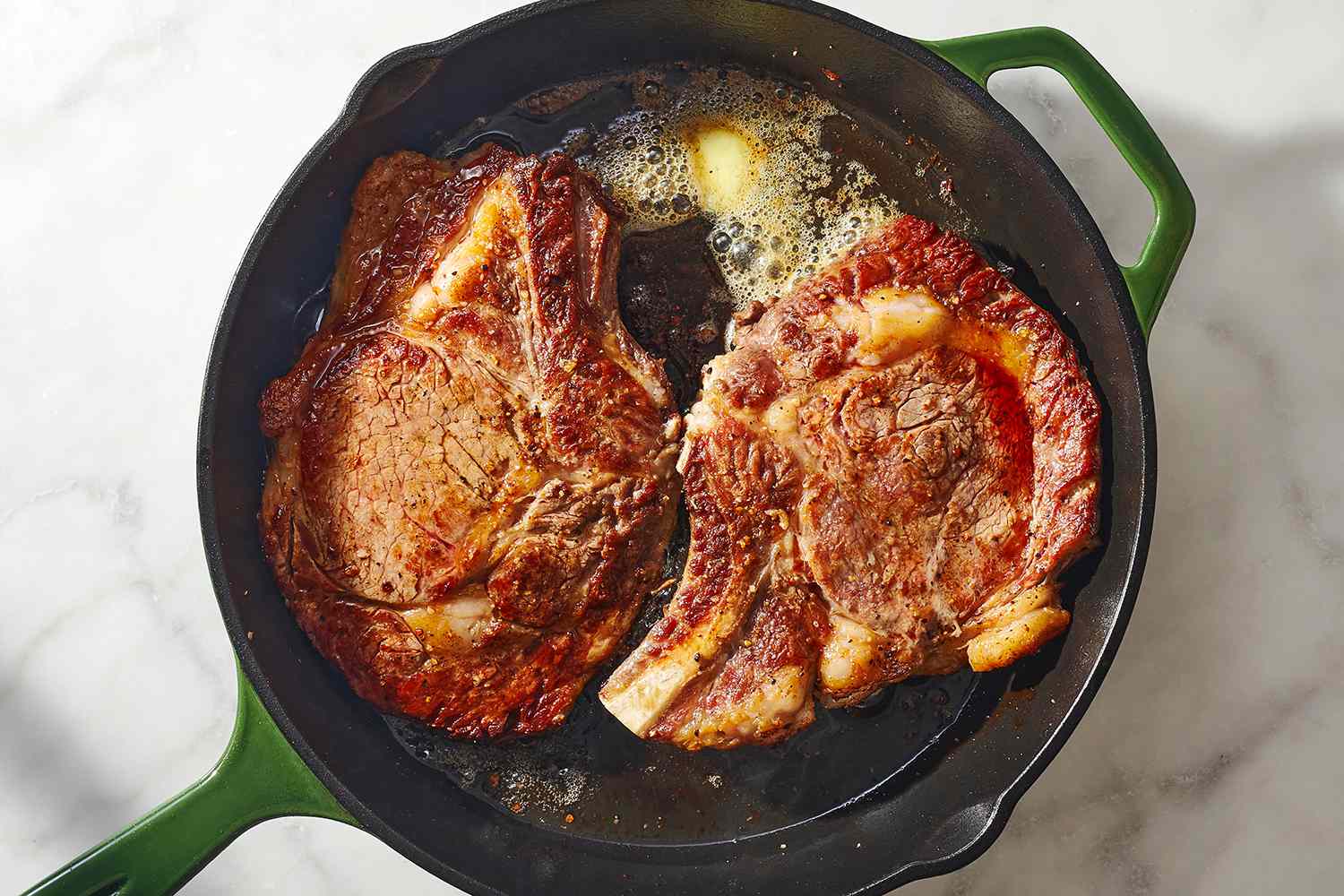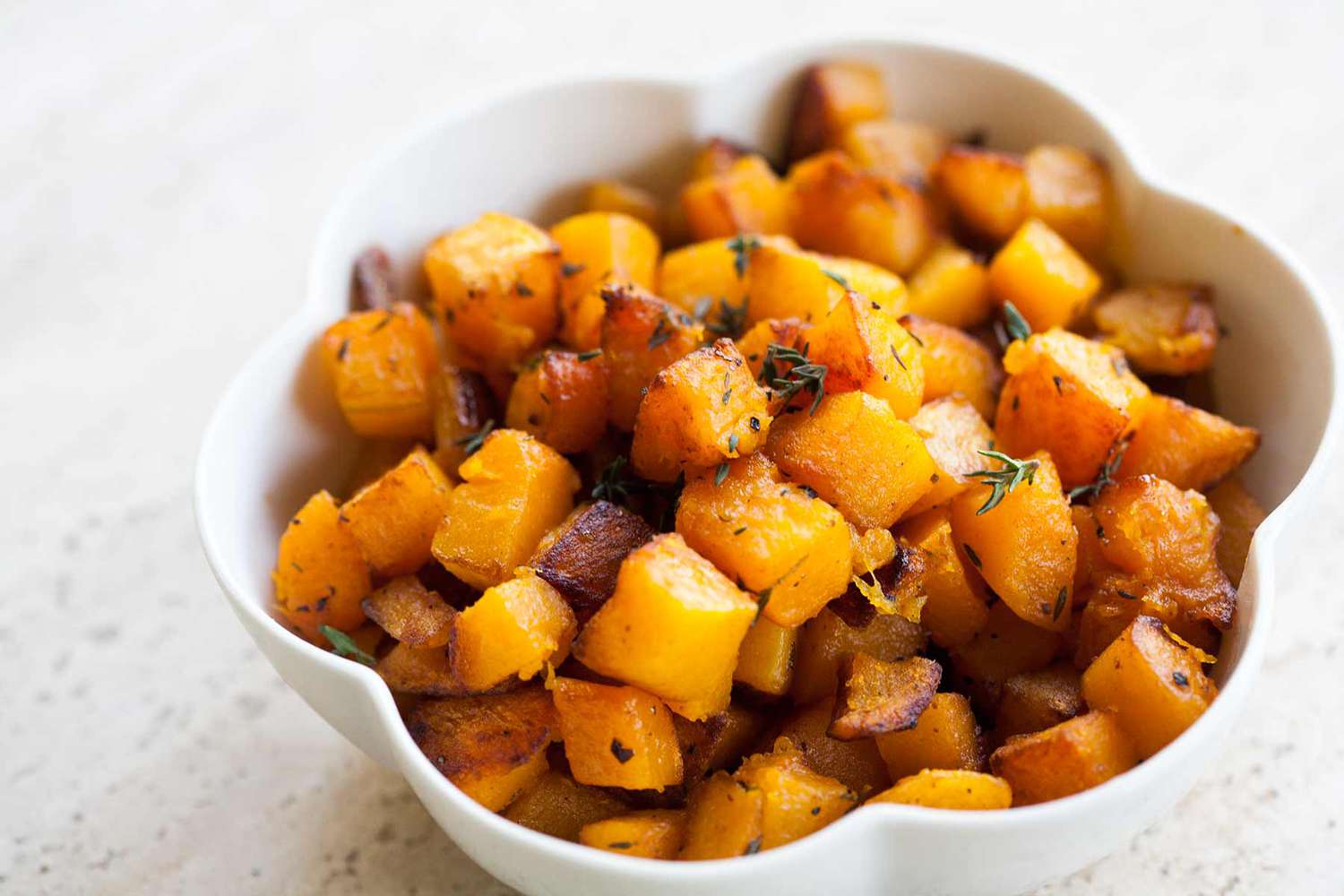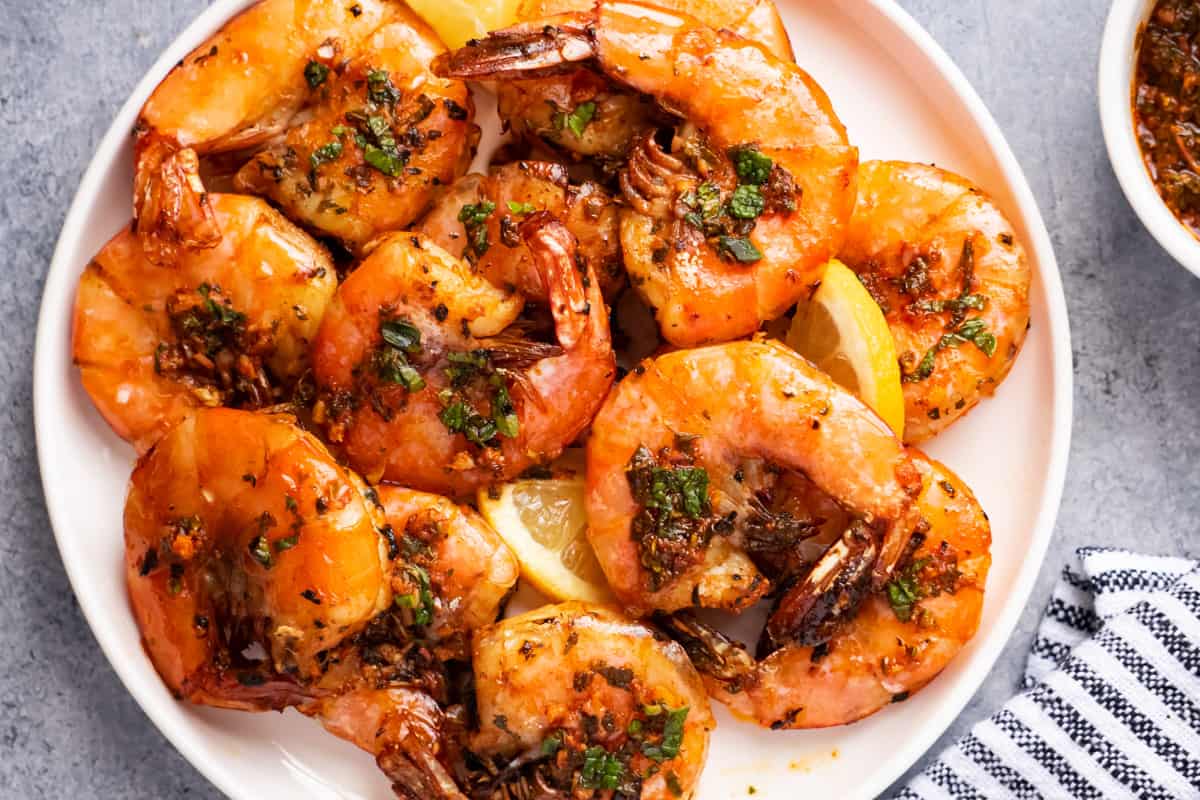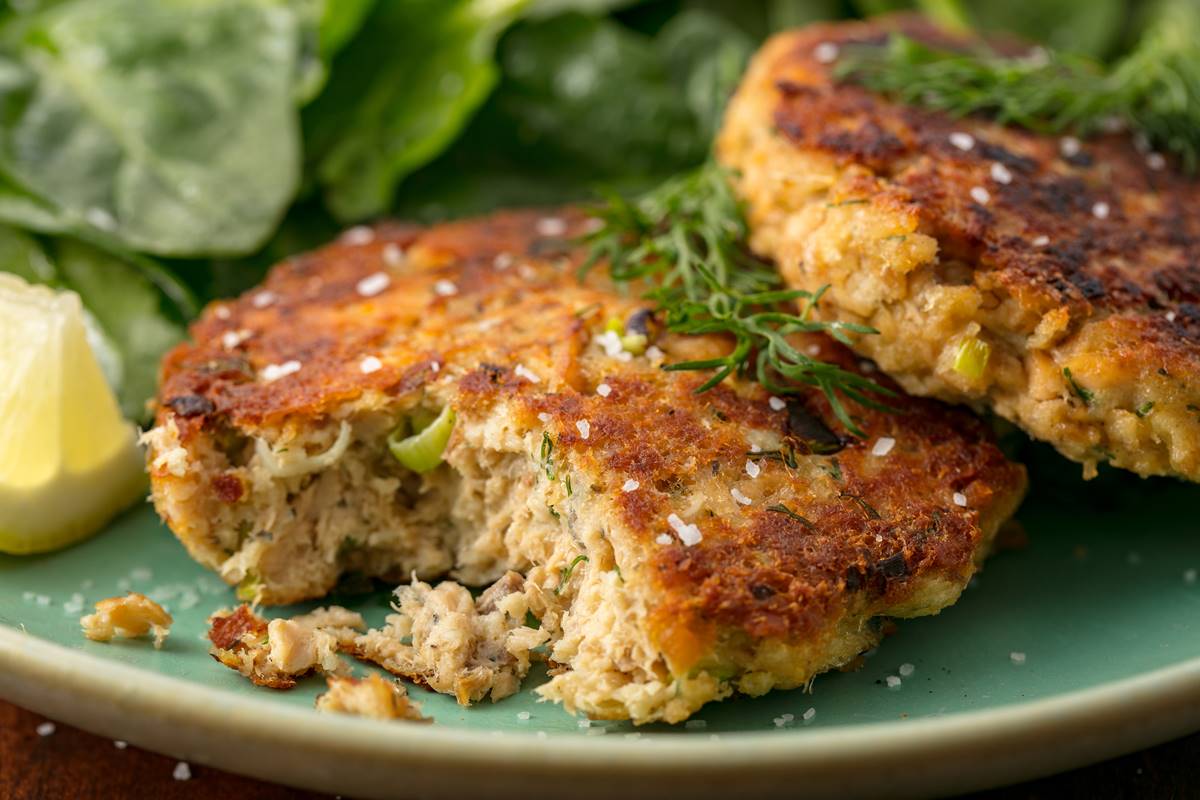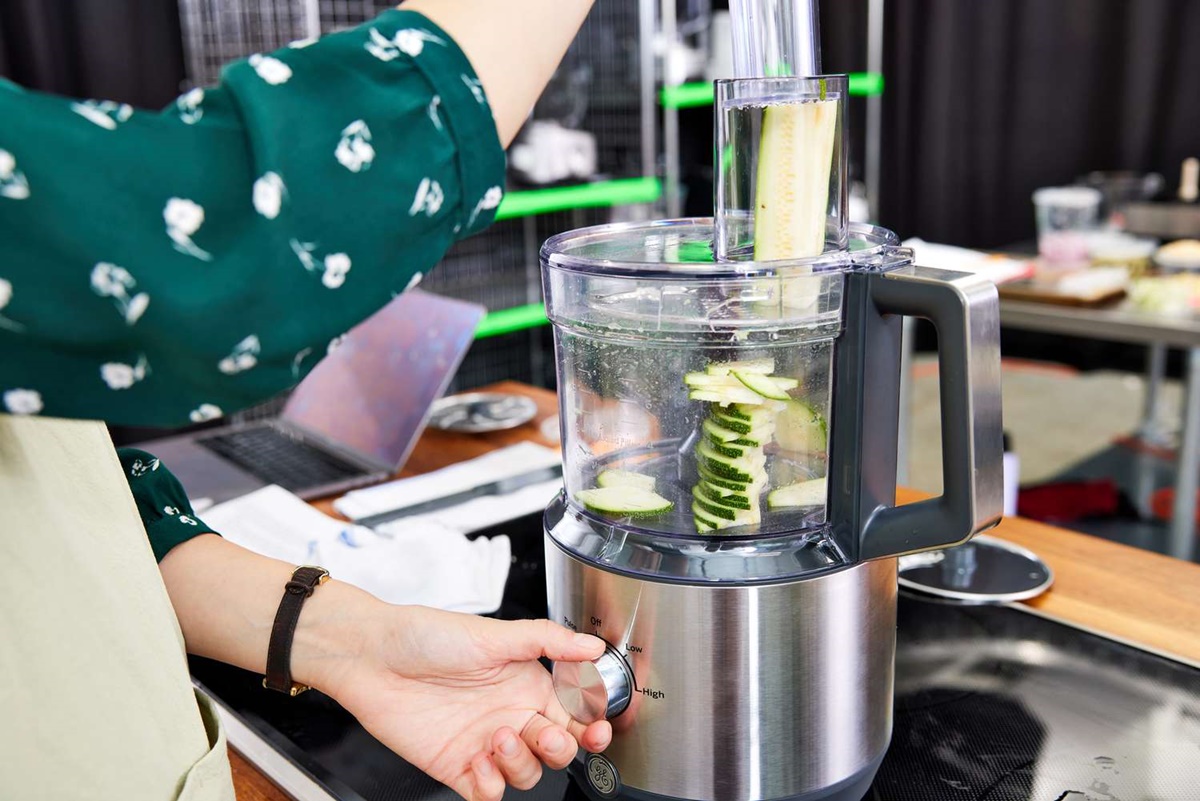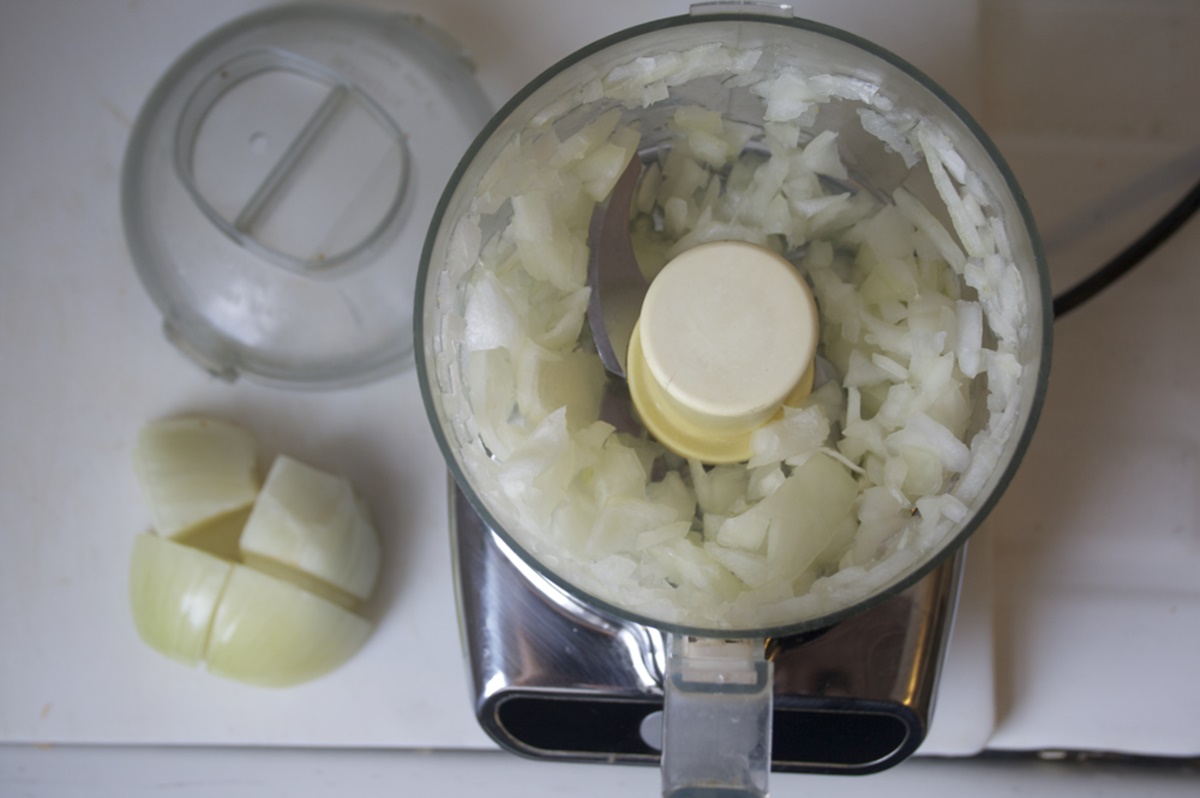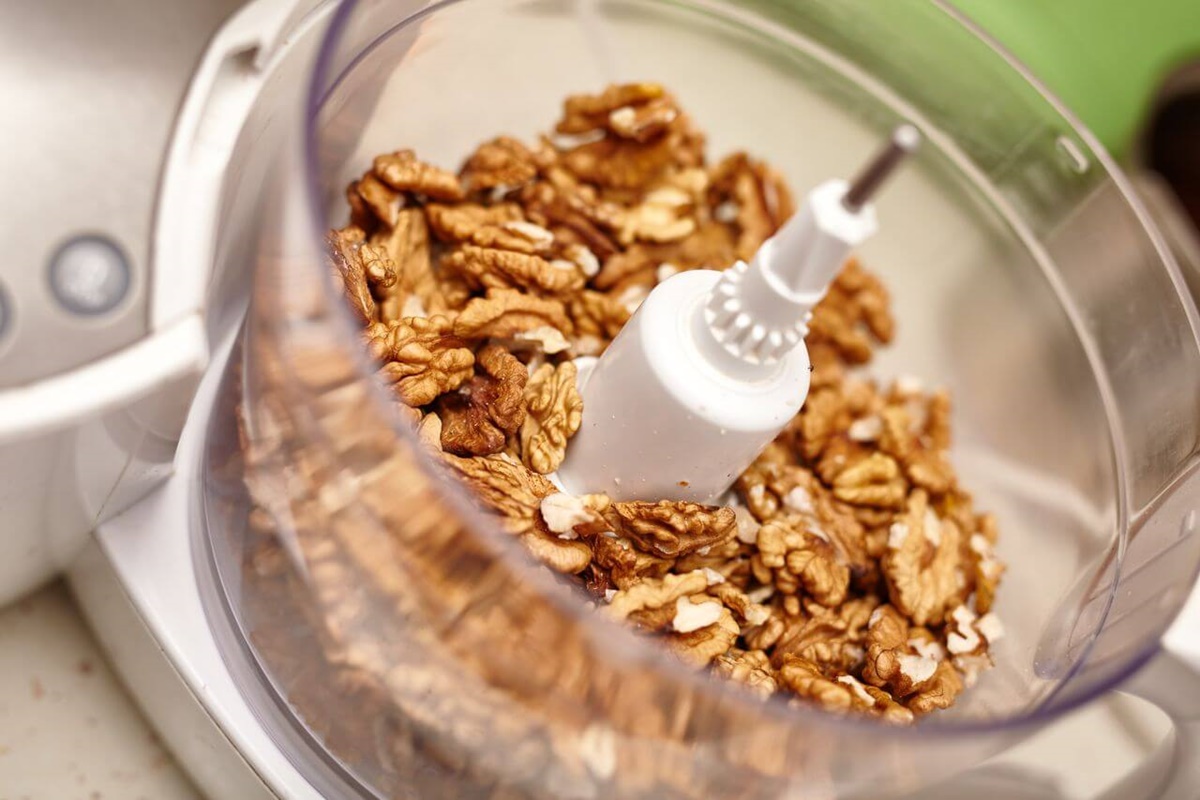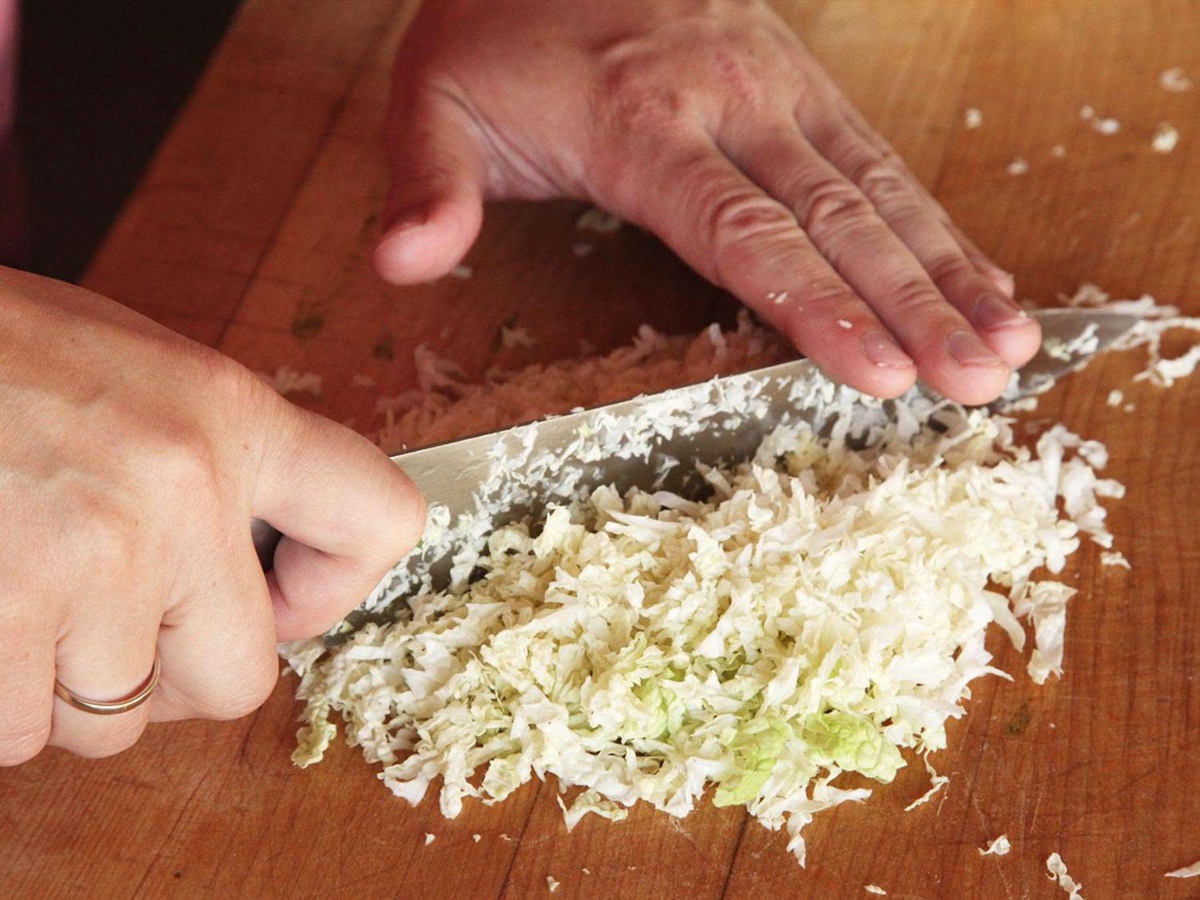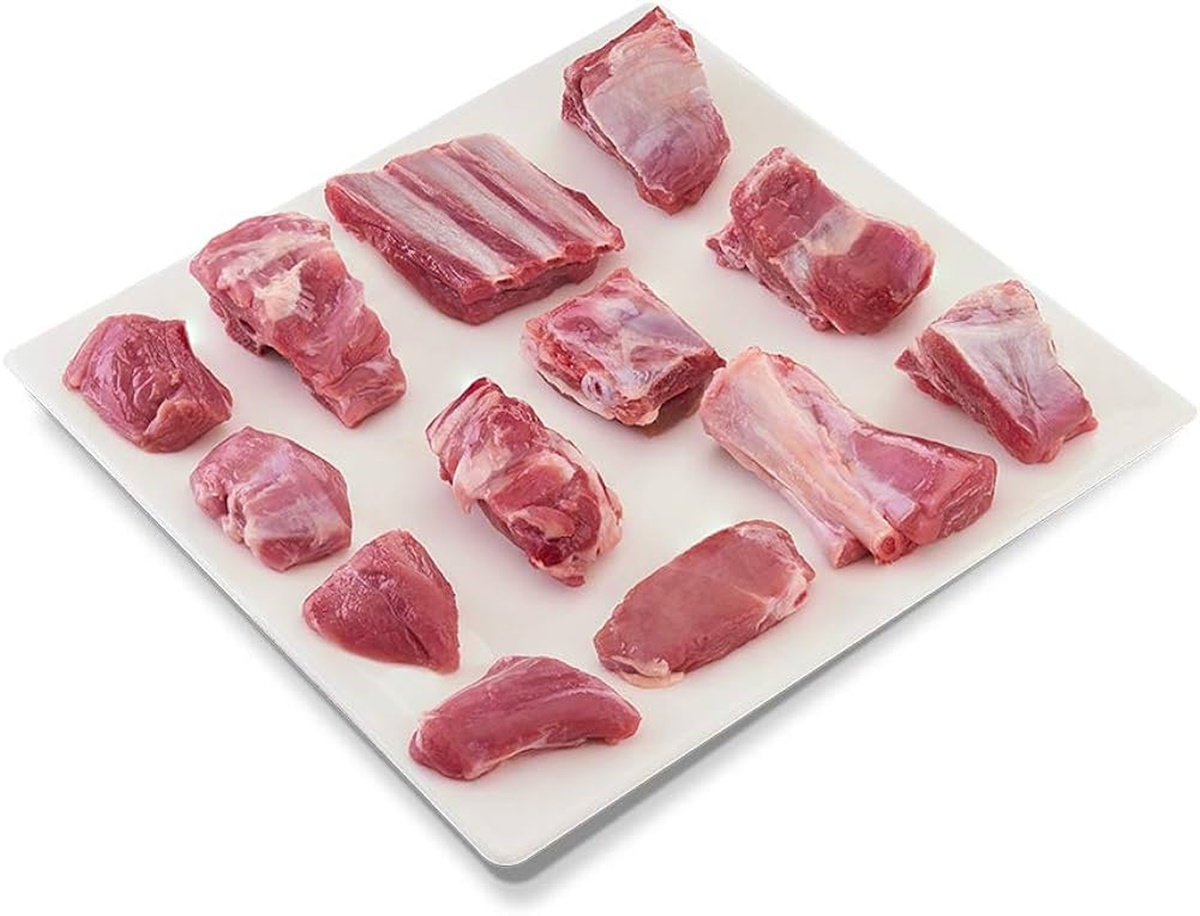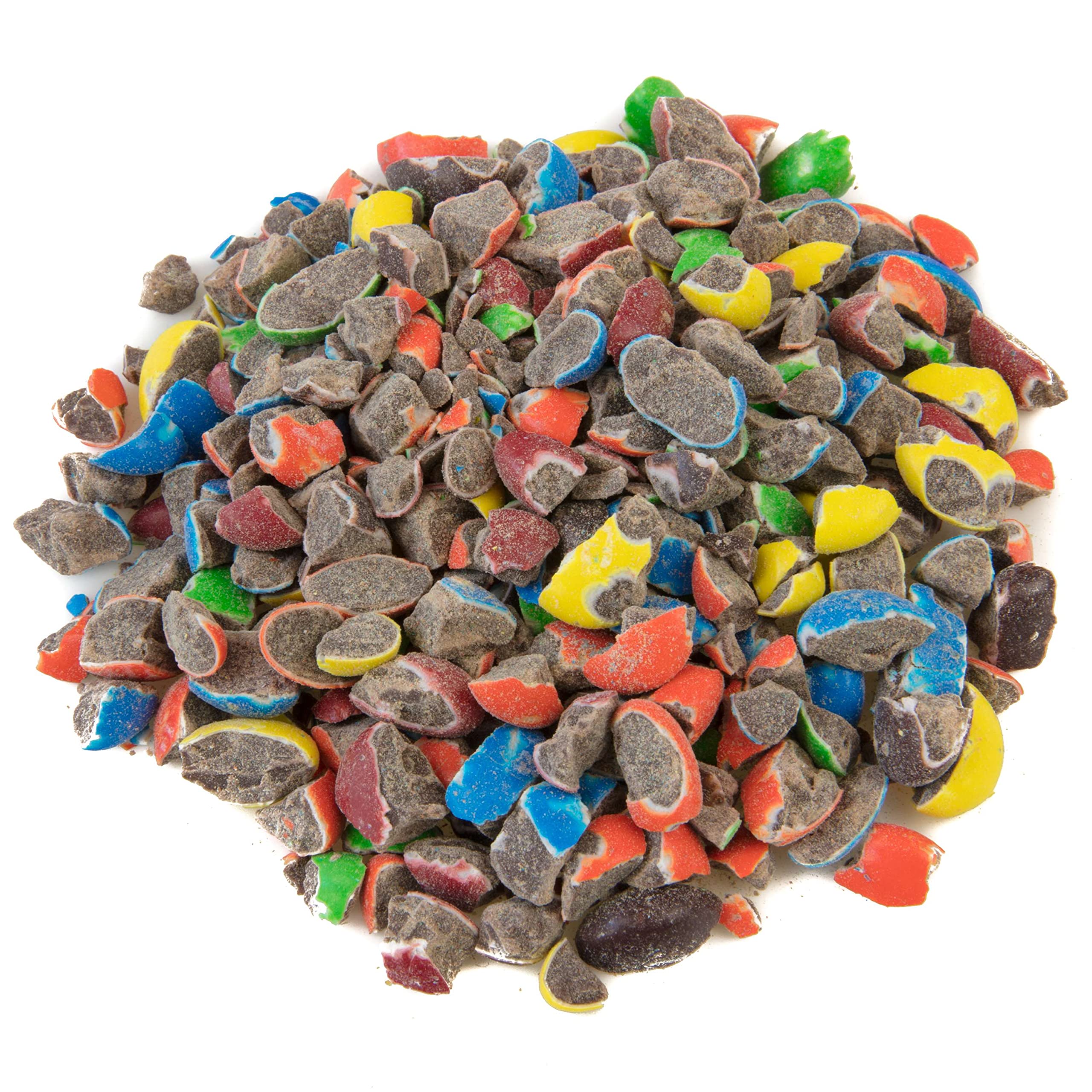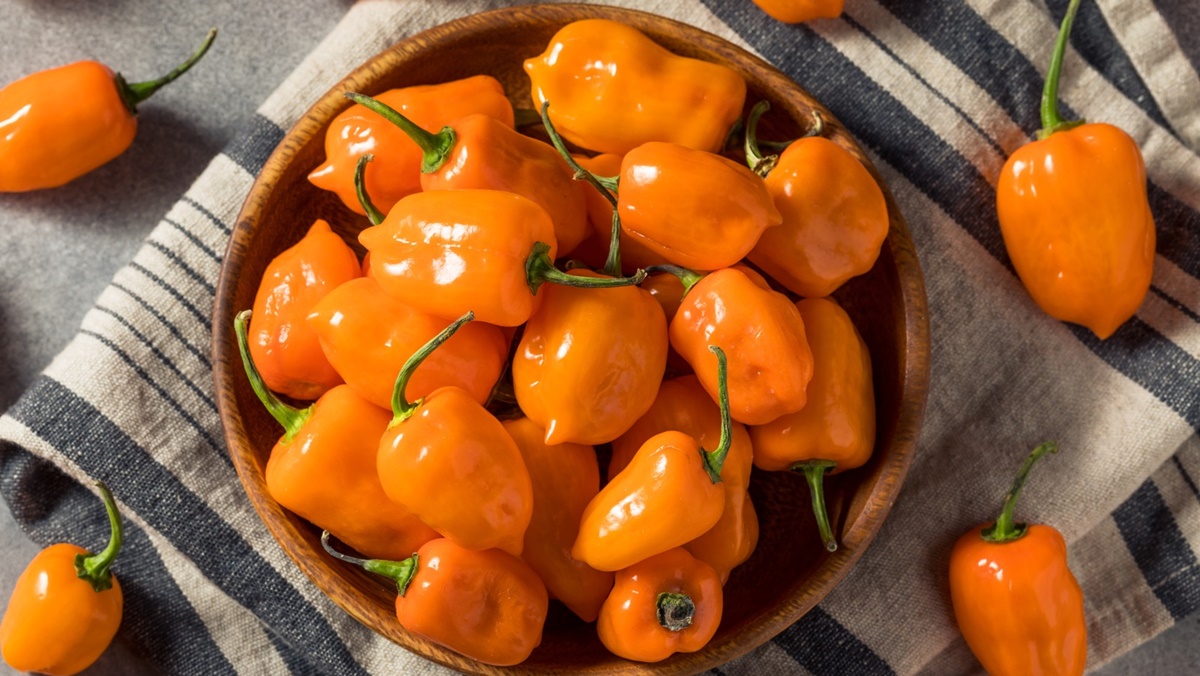Cooking frozen lobster tails might seem intimidating, but with a few tips, anyone can serve up a delicious seafood feast. Whether you're planning a special dinner or just craving something different, mastering the art of cooking these crustaceans from frozen can elevate your meal. No need for a trip to the seafood market or waiting for thawing; you can start right away. This guide will walk you through simple steps to ensure your lobster tails are perfectly cooked, tender, and full of flavor. Ready to impress your guests or treat yourself? Let's dive into the process.
Essential Ingredients for a Perfect Frozen Lobster Tail
- Frozen lobster tails
- Salt
- Butter
- Lemon wedges, for serving
- Fresh parsley, chopped (optional, for garnish)
Must-Have Tools for Cooking Lobster Tail
- Large Pot: For boiling or steaming the lobster tails.
- Sharp Chef's Knife: To cut through the shell.
- Kitchen Shears: For trimming the shell.
- Steamer Basket: If opting to steam instead of boil.
- Baking Sheet: Necessary for broiling.
- Meat Thermometer: To ensure proper internal temperature.
- Tongs: For safely handling hot lobster tails.
- Brush: To apply butter or oil on the tails before cooking.
For perfectly cooked frozen lobster tails, thaw in the refrigerator overnight. Boil for about one minute per ounce, ensuring succulent meat. Avoid overcooking to prevent rubbery texture. Enjoy your seafood feast!
The Importance of Cooking Lobster Tail Right
Cooking frozen lobster tails at home allows seafood lovers to enjoy a gourmet meal without the need for a restaurant visit. This method not only saves money but also offers the flexibility to season and prepare the lobster exactly to one's liking, ensuring a personalized dining experience.
Utilizing frozen lobster provides convenience, as these tails can be stored for extended periods, making them readily available whenever the craving strikes. It's a simple way to bring a touch of luxury to the dinner table, impressing guests or making an ordinary night feel special.
Your Step-by-Step Guide to Cooking Lobster Tail
Cooking Frozen Lobster Tails: Step by Step Guide
-
Preparation
- Thawing: Place frozen lobster tails in the refrigerator for 24 hours before cooking. For a quicker method, submerge them in cold water for 30-60 minutes, changing water halfway through.
- Prepping for Cooking: Once thawed, use kitchen shears to cut lengthwise through the top shell of each tail, stopping at the tail fin. Pry open the shell slightly and loosen the meat from the shell, lifting the meat and resting it on top of the shell.
-
Boiling
- Water Preparation: Fill a large pot with enough water to cover the lobster tails. Add 1 tablespoon of salt for each quart of water.
- Cooking: Once the water is boiling, carefully add the lobster tails. Boil small tails (about 1-inch width) for about 5-7 minutes, and larger tails for up to 12-14 minutes.
- Finishing Touches: Lobster tails are done when the shell is bright red and the meat is opaque. Remove tails from water and serve.
-
Broiling
- Broiler Preheating: Set your oven's broiler on high and position the oven rack in the middle.
- Preparation: Place prepared lobster tails on a baking sheet. Brush the meat with melted butter and season as desired.
- Broiling Time: Broil lobster tails for 1 minute per ounce of individual tail weight, or until lightly browned and lobster meat is opaque.
- Serving: Remove from oven and serve immediately with additional butter and lemon wedges.
-
Grilling
- Grill Preparation: Preheat grill to medium-high heat.
- Grilling Lobster Tails: Brush the lobster meat with melted butter and season. Place tails, flesh side down, on the grill for 4-5 minutes. Flip, and grill for another 4-5 minutes on the shell side, or until meat is opaque.
- Ready to Serve: Remove from grill and serve with butter and lemon slices.
-
Steaming
- Steaming Setup: Fill a pot with 2 inches of water and bring to a boil. Insert a steamer basket above the water.
- Steaming Lobster Tails: Place lobster tails in the basket. Cover and steam for about 8-10 minutes for small tails, and up to 12-14 minutes for larger tails, or until the meat is opaque.
- Serving: Remove lobster tails from the steamer, serve with melted butter and enjoy.
Mastering Frozen Lobster Tails
Cooking frozen lobster tails at home doesn't have to be intimidating. With the right approach, you can serve up a delicious, restaurant-quality meal that'll impress anyone. Remember, start by thawing your lobster tails properly to ensure even cooking. Choose between boiling, steaming, grilling, or broiling based on what you're in the mood for. Each method brings out a unique flavor and texture, making lobster a versatile ingredient for various dishes. Don't forget to season your lobster tails for that extra burst of flavor. Whether it's a simple butter sauce or a more elaborate marinade, the right seasoning can elevate your lobster from good to unforgettable. So, go ahead, give it a try. With these tips in hand, you're well on your way to becoming a master at cooking frozen lobster tails.
For anyone looking to use their newfound skills in cooking frozen lobster tails, there are several mouth-watering recipes to try. The Garlic Butter Baked Lobster Tails offer a simple yet decadent option, perfect for a special dinner. If you're in the mood for pasta, the Lobster Tail Alfredo Pasta combines creamy Alfredo sauce with succulent lobster for a rich and satisfying meal. For a lighter choice, the Lobster Tail Salad with Citrus Vinaigrette is a refreshing and vibrant dish that highlights the natural sweetness of the lobster. Those wanting a comforting, indulgent dish should definitely try the Lobster Tail Mac and Cheese, which pairs the luxurious texture of lobster with creamy, cheesy goodness. For something a bit more sophisticated, the Lobster Tails with White Wine Sauce is an elegant dish that's sure to impress guests. All these recipes are perfect ways to practice and enjoy cooking lobster tails at home.
All Your Questions About Lobster Tail Answered
How long does it take to cook a frozen lobster tail?
Cooking frozen lobster tails usually takes about 20 minutes in a 350°F oven. If you're boiling them, aim for about 8 minutes per ounce. Remember, size matters; larger tails need more time.
What's the best way to thaw frozen lobster tails?
Thawing frozen lobster tails overnight in your fridge is your best bet. For a quicker method, submerge them in cold water for about 30 minutes to an hour, changing the water every 15 minutes to keep it cold.
Should I boil or bake frozen lobster tails?
Both methods have their fans. Boiling is quicker and a bit more foolproof for ensuring your lobster tails don't dry out. Baking, on the other hand, can give you a bit more flavor, especially if you're adding butter and herbs.
Can I grill frozen lobster tails?
Absolutely! Grilling frozen lobster tails can add a smoky depth of flavor that's hard to beat. Just make sure they're fully thawed, cut the shell, and brush with butter before placing them on a hot grill. Cook for about 5-8 minutes on each side.
What's the best way to ensure my lobster tails are tender, not rubbery?
The key is not to overcook them. Whether you're boiling, baking, or grilling, keep an eye on the clock. Using a meat thermometer can help; look for an internal temperature of 140°F to know they're done just right.
How can I add more flavor to my lobster tails?
Before cooking, try marinating your lobster tails in a mixture of melted butter, garlic, lemon juice, and your favorite herbs for about an hour. This not only adds flavor but also helps keep the meat moist during cooking.
Is it necessary to remove the shell before cooking lobster tails?
Not at all. Cooking them in their shells can actually help retain moisture. However, cutting a lengthwise slit in the top of the shell can help the meat cook more evenly and makes for an impressive presentation.
Was this page helpful?
Read Next: How To Cook Cod From Frozen
